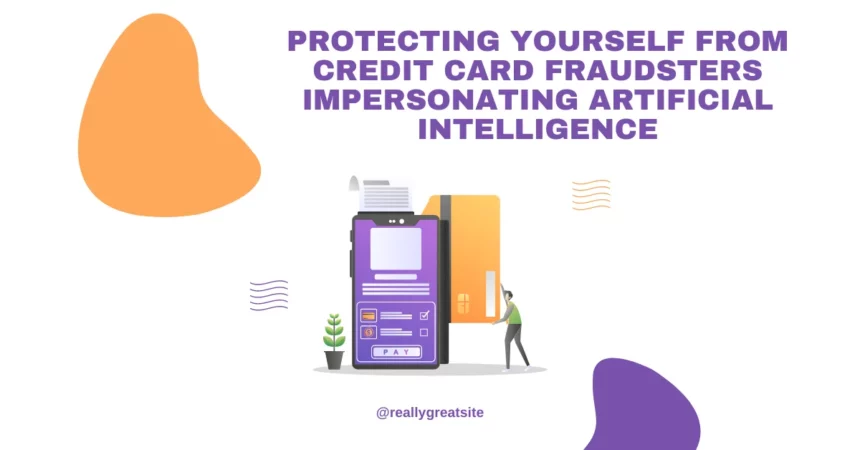The rise of artificial intelligence (AI) has brought about significant benefits in various industries, from healthcare to finance. However, like any technology, it can also be used maliciously. Cybercriminals have been impersonating AI to steal credit card information from unsuspecting victims in recent years. This article will discuss how these fraudsters operate and provide practical tips to safeguard yourself from credit card fraud.
Understanding the modus operandi of credit card fraudsters
Fraudsters who impersonate AI typically use two techniques: phishing scams and chatbots.
Phishing scams
Phishing scams are a common tactic cybercriminals use to trick individuals into providing their personal and financial information. In the context of AI impersonation, the scammer sends an email or message that appears to be from a legitimate company or financial institution. The message typically contains a link that directs the victim to a fake website that looks like the real one. Once the victim enters their credit card information on the fake website, the fraudster can use the data for fraudulent purchases.
Chatbots
Chatbots are computer programs that mimic human conversation. They are designed to respond to customer inquiries and provide assistance with tasks such as making payments. Fraudsters can use chatbots to impersonate legitimate companies and request credit card information from customers. The chatbots may look and sound like they are from an honest company, but they are fake.
How to protect yourself from credit card fraudsters impersonating AI
-
Be cautious of unsolicited emails and messages.
One way to protect yourself from credit card fraud is to be wary of unsolicited emails and messages. If you receive an email or letter requesting your credit card information, do not click on links or provide any personal or financial information. Instead, contact the company or financial institution directly to verify the legitimate message.
-
Check for HTTPS and SSL certificates.
When entering credit card information on a website, always look for HTTPS and SSL certificates. These security protocols encrypt data transmitted between your computer and the website’s server. Without these protocols, your credit card information could be intercepted by cybercriminals.
-
Use strong passwords
Using strong passwords can also help protect your credit card information. Avoid using common phrases, names, or dates as your password. Instead, combine uppercase and lowercase letters, numbers, and symbols.
-
Use two-factor authentication
Two-factor authentication adds an extra layer of security to your online accounts. When you log in to your account, you must enter a code sent to your mobile phone or email. This ensures only you can access your account, even if someone else has your login credentials.
-
Regularly monitor your credit card statements.
Regularly monitoring your credit card statements is another way to protect yourself from fraud. If you notice any unauthorized charges, report them to your credit card company immediately.
Credit card fraudsters impersonating AI can be a real threat to your financial security. By being cautious of unsolicited emails and messages, checking for HTTPS and SSL certificates, using strong passwords, using two-factor authentication, and regularly monitoring your credit card statements, you can safeguard yourself from these cyber criminals. Remember, prevention is always better than cure. Stay vigilant and keep your credit card information safe.









